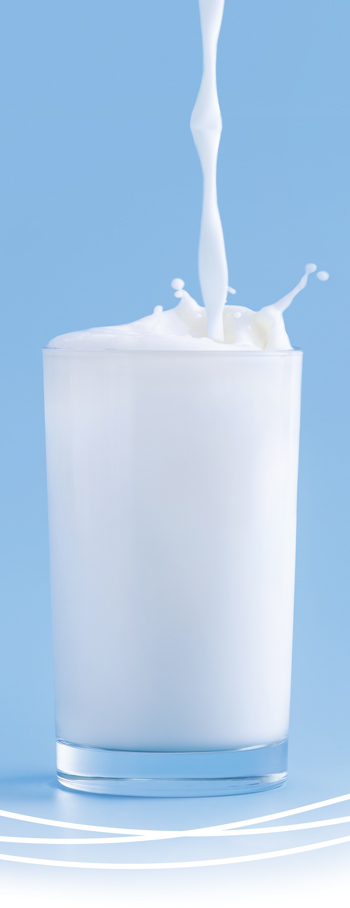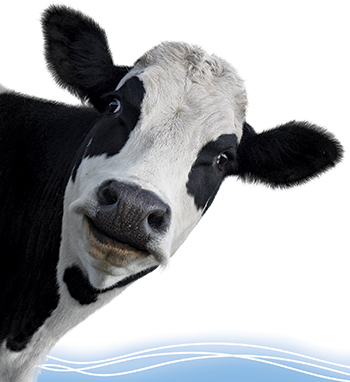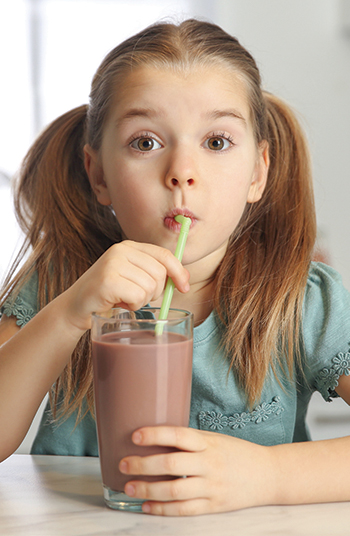Hot Milk: Oat milk continues to expand, but there’s hope yet for the cows

For brands and entrepreneurs seeking to tap into the plant-based beverage movement, “normal,” in terms of category growth, looks better than ever: milk represents the biggest piece (35%) of the plant-based CPG market, with sales surpassing $3.5 billion in 2020, according to the Good Food Institute. With oats now confirmed as the third ingredient to break through into the mainstream — following first soy and then almond — a host of innovators are already seeking the next frontier, whether it’s pistachios, pumpkin seeds, sesame, hemp or something else entirely. But with both investors and consumers eager for more, the pressure is now on manufacturers to be able to meet rising demand, a process made more challenging by spiking costs and gridlocked global supply chains.
Meanwhile, for conventional dairy producers, there are hopeful signs that its outsized performance at retail during the height of the pandemic may help stabilize an industry that had been in free fall. Segments like lactose-free milk are outpacing category growth overall, while an analysis by the U.S. Department of Agriculture’s Economic Research Service in 2020 indicated that the rise of plant-based milk is not the primary cause of falling sales for cow’s milk. In other words, in the “new normal,” there’s room for both.
Dairy Milk Moves Ahead
Let’s face it: the headlines haven’t made pleasant reading for U.S. dairy makers for quite some time. But according to data from industry advocacy group the Milk Processor Education Program (MilkPEP), white dairy milk volume was positive (+1.6%) for the first time in over a decade in 2020. Small victories are welcome in an industry facing a decade-long, possibly terminal decline, and there have been a few as of late worth celebrating.
For starters, while the retail sales bump milk received during the early days of the pandemic last year has waned, the category’s momentum is still evident. According to data from market research group IRI, dairy, of which milk is the largest subcategory, generated $34 billion in sales through the first seven months of 2021, representing a 4.3% decline from the prior year. While a drop from peak 2020 levels is to be expected, milk has been resilient, rising 1.1% year-over-year through July 2021, and, more encouraging, is up 8.9% over the same period in 2019.
And despite COVID-related closures of both on-premise foodservice outlets and schools over the past year, overall dollar sales for milk rose 7.6% in 2020, a sign that strong performing areas within the space — such as organic and lactose-free milks, items with a bigger presence in grocery retail — are having an impact on the bottom line. Lactose-free milks in particular — fueled by innovation from brands like Fairlife’s Good Moo’d, launched in January — enjoyed an uptick in volume and dollar sales, as household penetration passed 20%. The segment is projected to continue expanding by $118 million over the next three years, according to Technavio.
In response, milk producers have homed in on pockets of innovation to provide consumers with more reasons to choose traditional dairy. In May, New York-based Maple Hill Creamery launched the first zero-sugar cow’s milk on the U.S. market at Whole Foods in Reduced Fat and Whole varieties. On the sweeter end of the spectrum, Oakhurst has sought to use maple syrup as a natural sweetener for its whole milk. Elsewhere, The A2 Milk Company, which claims to be easier to digest than conventional milk due to its protein composition, has been actively working to turn its strong financial performance in 2019 into sustained momentum this year. The company introduced multiple new products — a half-and-half in July and a chocolate milk collaboration with Hershey’s in October — ahead of the launch of a national, lifestyle-oriented advertising campaign this fall.

The Oat Milk Arms Race
At this point, oat milk’s ascendancy to the upper echelons of the plant-based milk market has been well-documented. But after passing almond as the second most popular non-dairy milk last year — and generating over $300 million in sales over the first half of 2021, according to Nielsen — the conversation has shifted from demand to supply.
For industry leader Oatly, the situation could be clearly seen in its Q3 earnings report in November: revenue was up 49% year-over-year during the quarter to $171.1 million, up from $114.7 million last year, but below previous projections of 55% growth ($178 million). In the U.S. alone, mechanical and automation issues choked output out of the company’s Ogden, Utah production facility last August, pushing revenue down by $3 million. Manufacturing gridlock and supply issues have been a pervasive challenge for the Swedish brand since it entered the U.S. market, and its troubles in the Utah plant, which opened earlier this year, are indicative of the product’s complexities. Oatly’s response has been to continue adding new plants; a new 280,000 square foot facility, set to be the company’s largest in North America, is set to begin producing 150 million liters of oat milk annually when it opens in Fort Worth, Texas, in 2023. The location is one of nine new production bases that Oatly aims to build worldwide over the next two years, joining previously announced sites in Singapore, Maanshan, China and Peterborough, England. But there’s a long way to go until then, with no promise that other complications may arise in the interim. In its coverage of Oatly, Credit Suisse analysts pointed to the lack of clarity on the timeline for ramping up production as a factor in its decision to adjust its expected full-year 2021 revenue from $694 million to $685 million in late October. When the company released its quarterly earnings report a few weeks later, their own projections were even smaller, at around $635 million.
Meanwhile, plant-based milk company SunOpta reported a $3 million loss in its quarterly earnings, but that hasn’t dampened its commitment to an ambitious build-out of new production facilities centered specifically around oats. Citing oat revenues that “tripled” over the past year, CEO Joe Ennen told investors that the prospect of adding another oat extraction plant was “highly likely” just months after the company announced its intention to build a 400,000 square foot facility in Texas this summer. The company’s strategy is backed up by the numbers: SunOpta’s plant-based revenue grew 16.0% in Q3 2021, driving 3.6% of total growth, while its fruit-based food and beverage segment declined nearly 10%. With wind in its sails, SunOpta is also seeking to develop its own brands in addition to supplying clients like Starbucks: it launched SOWN Organic Oat Creamer in February to build out a portfolio of plant-based milk products that also includes brands like Dream and Westsoy, both acquired from Hain Celestial in April.


Receive your free magazine!
Join thousands of other food and beverage professionals who utilize BevNET Magazine to stay up-to-date on current trends and news within the food and beverage world.
Receive your free copy of the magazine 6x per year in digital or print and utilize insights on consumer behavior, brand growth, category volume, and trend forecasting.
Subscribe